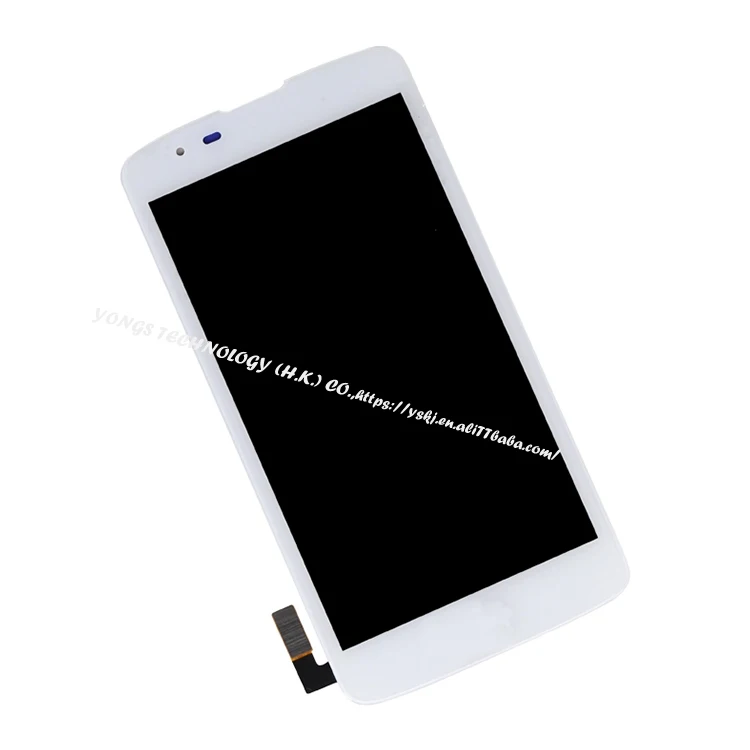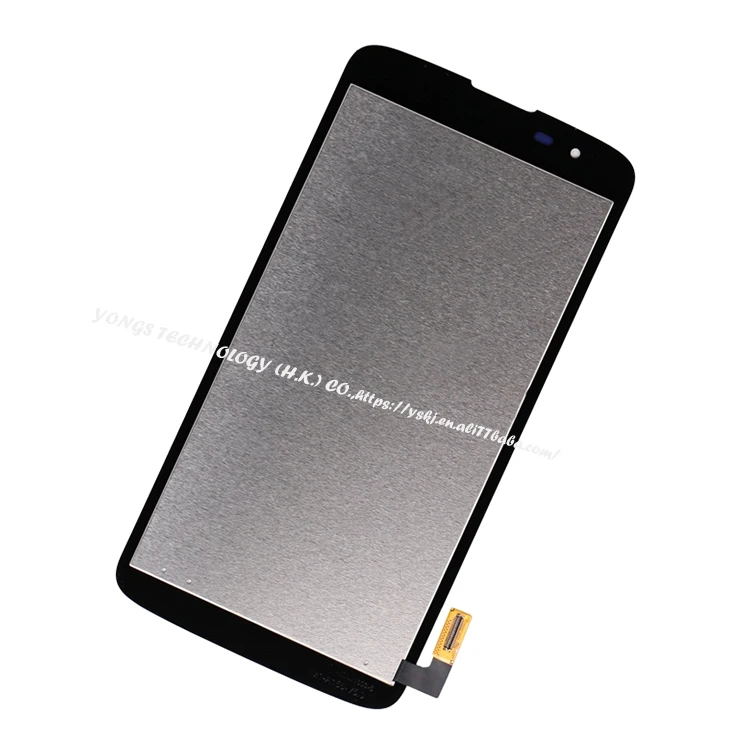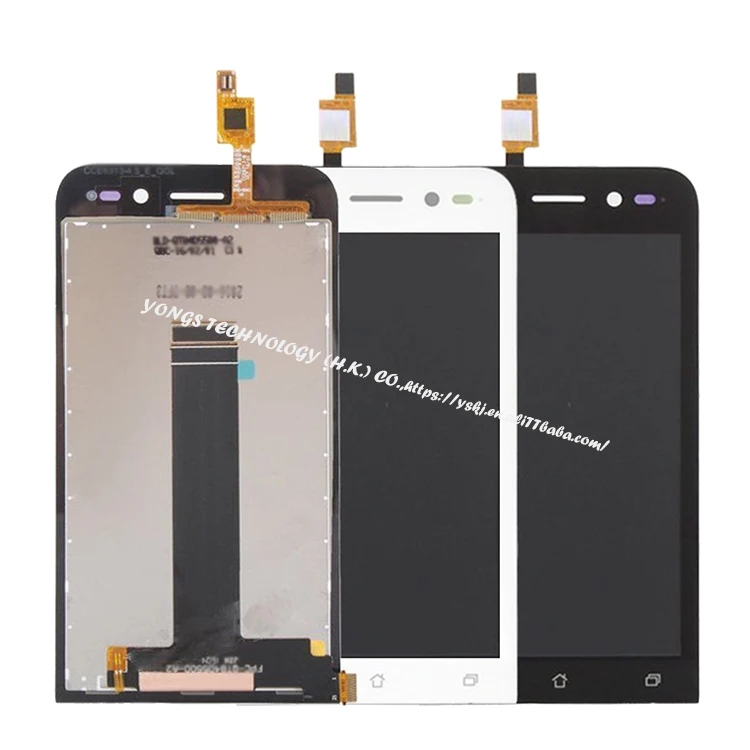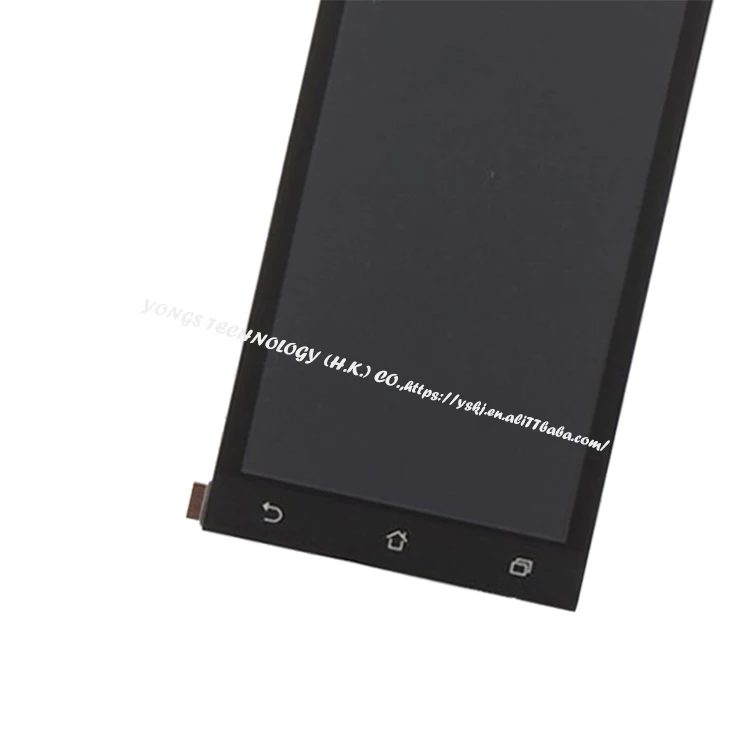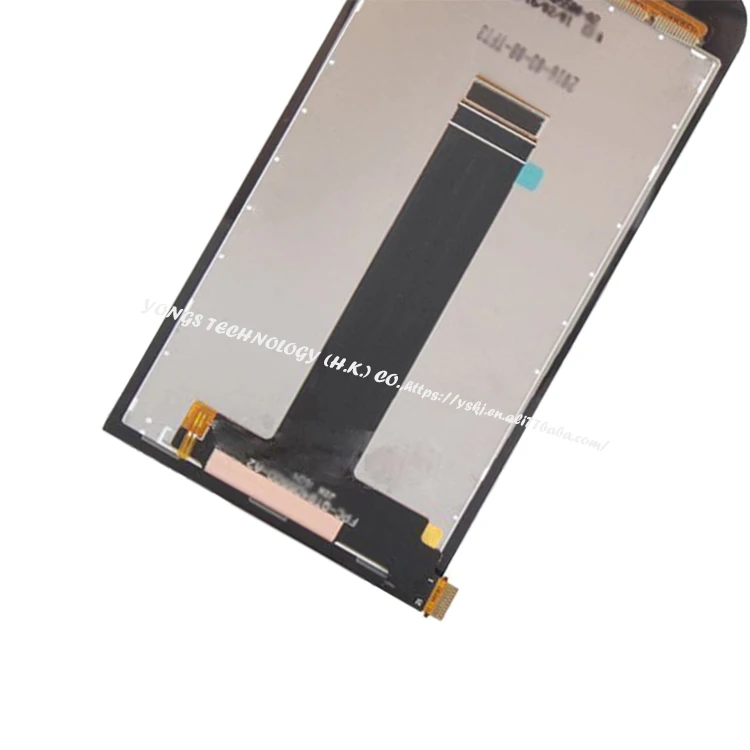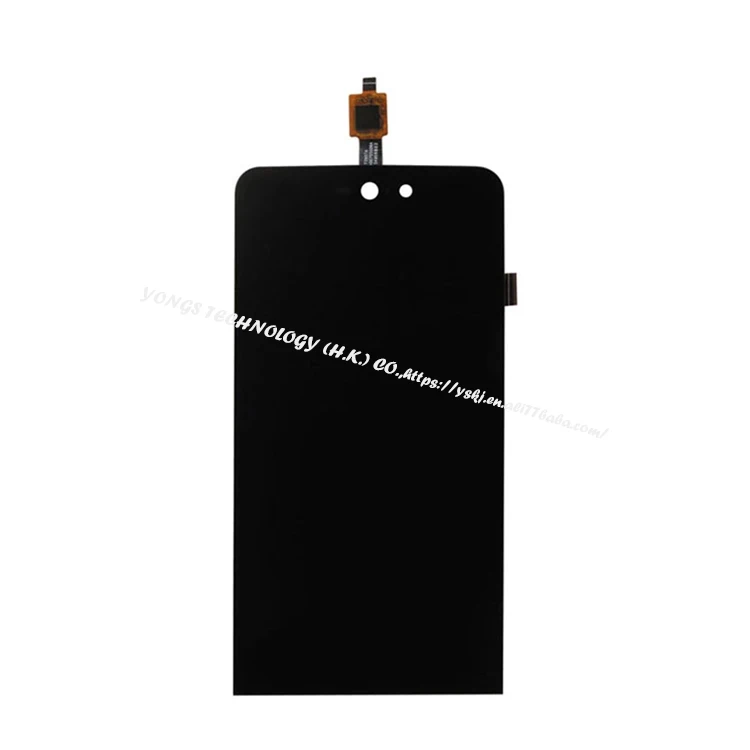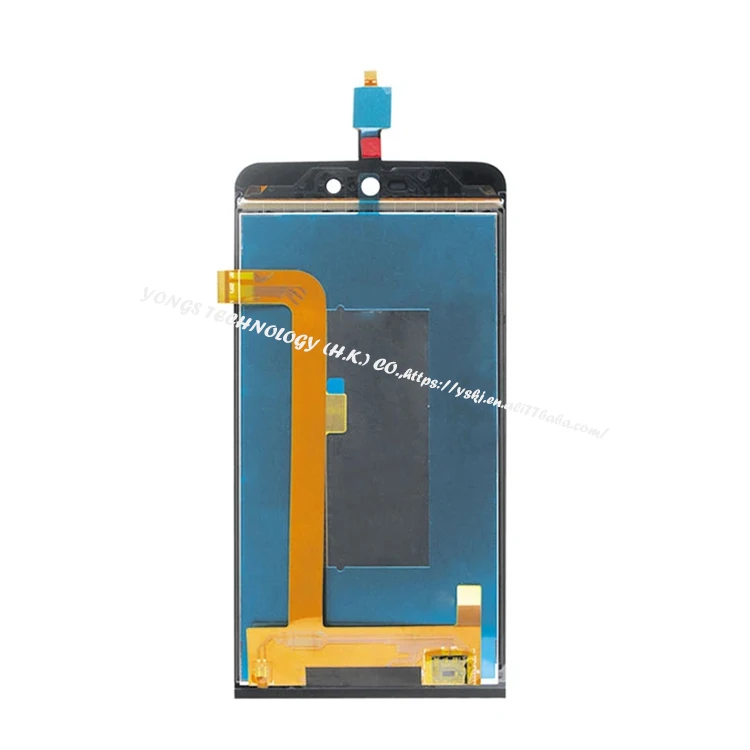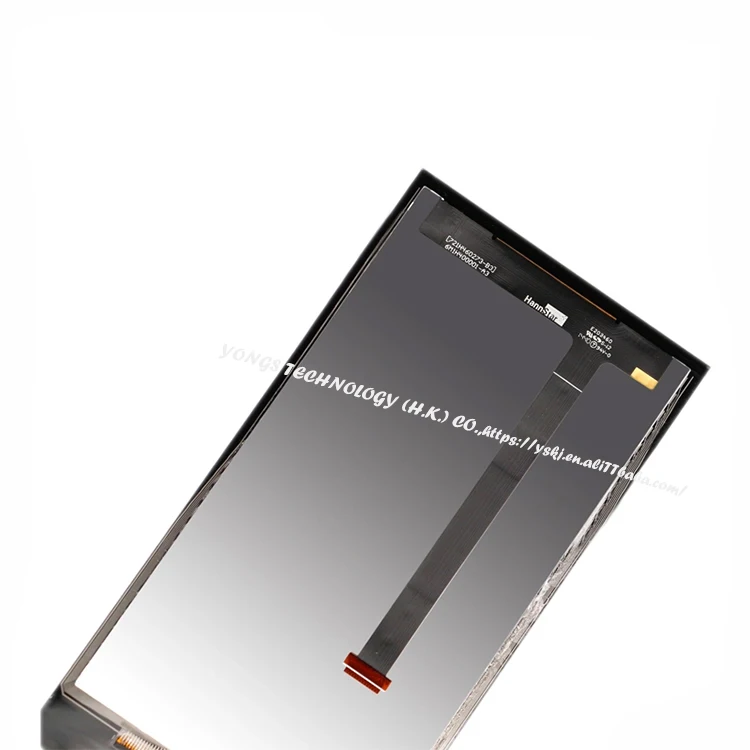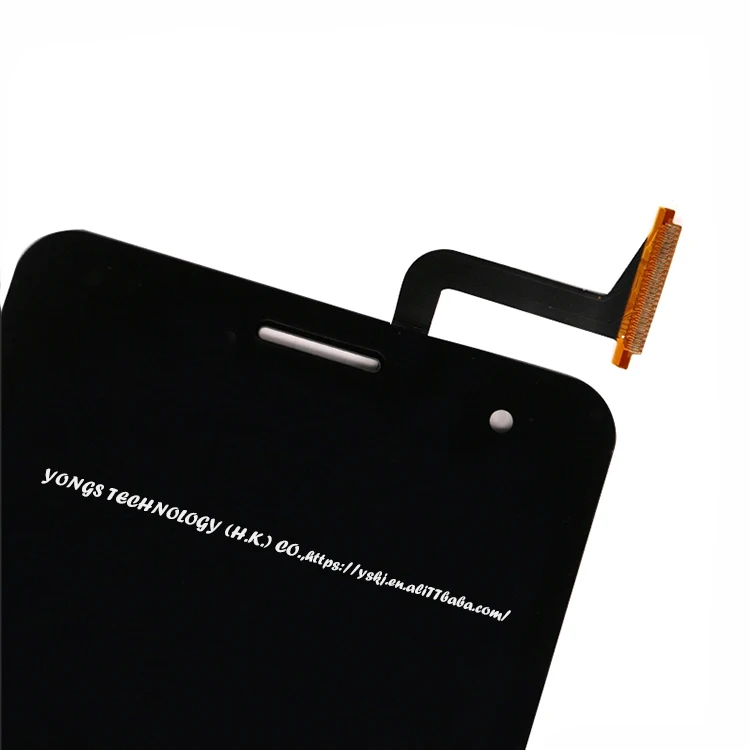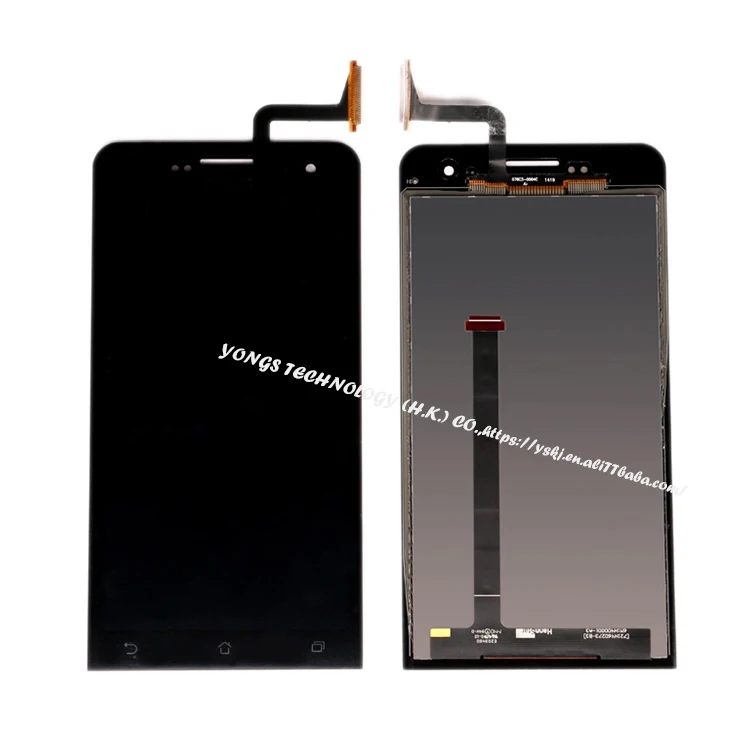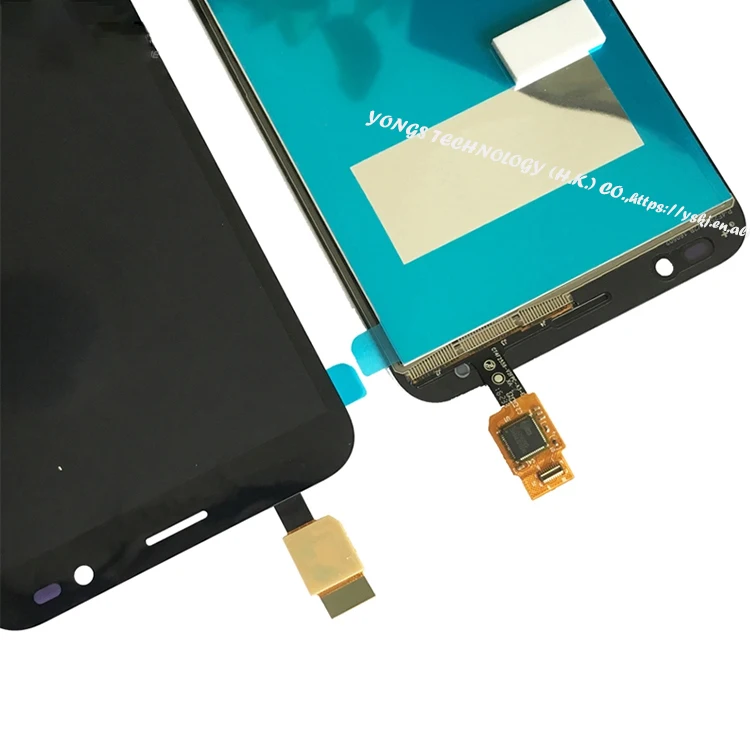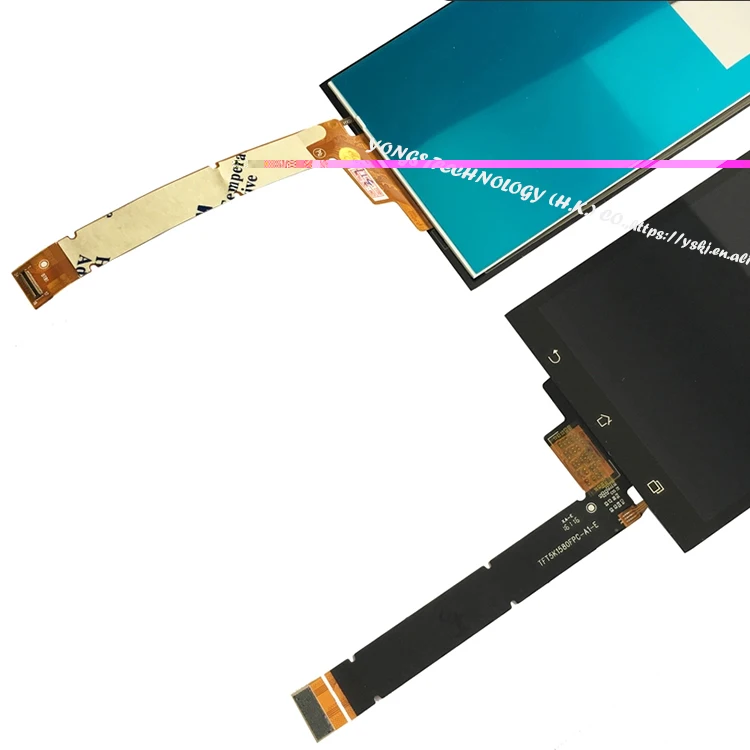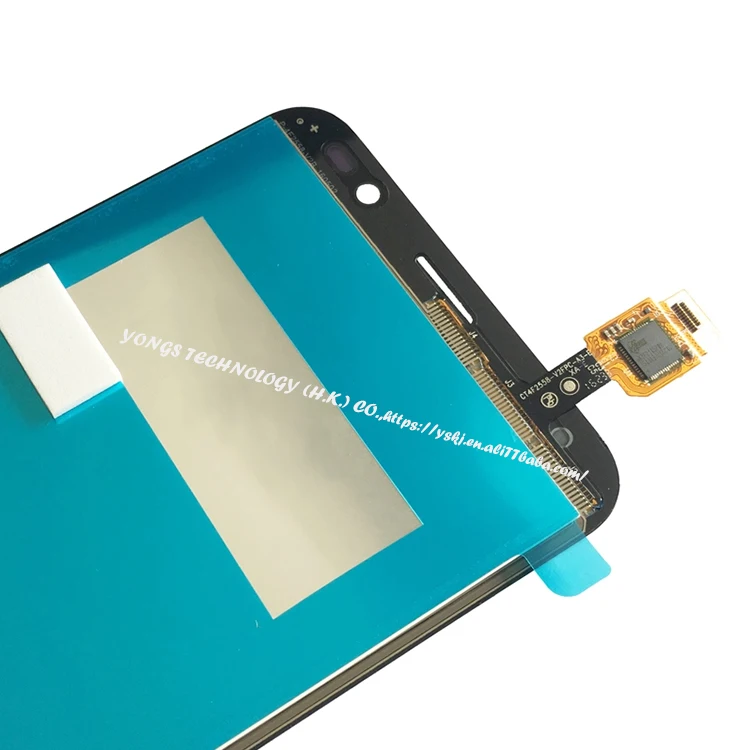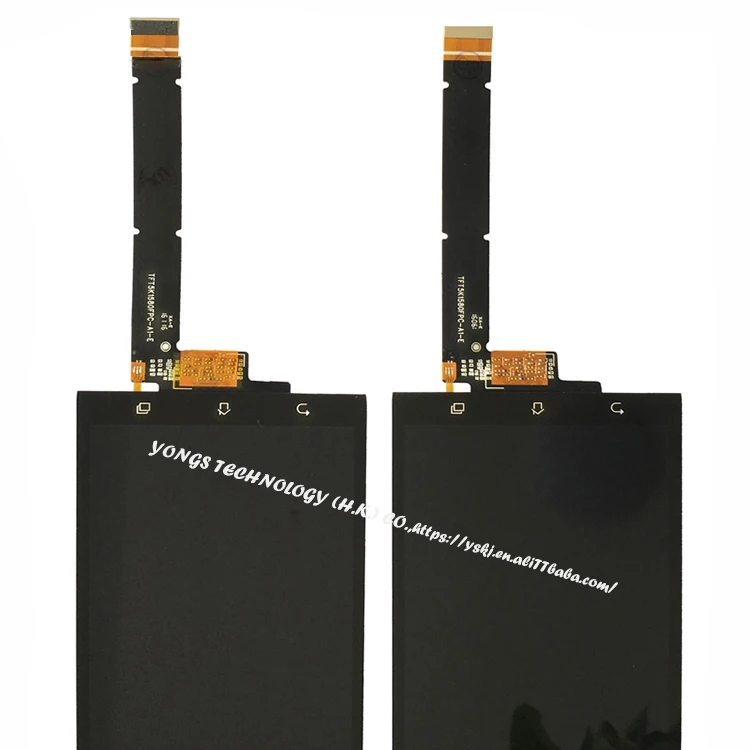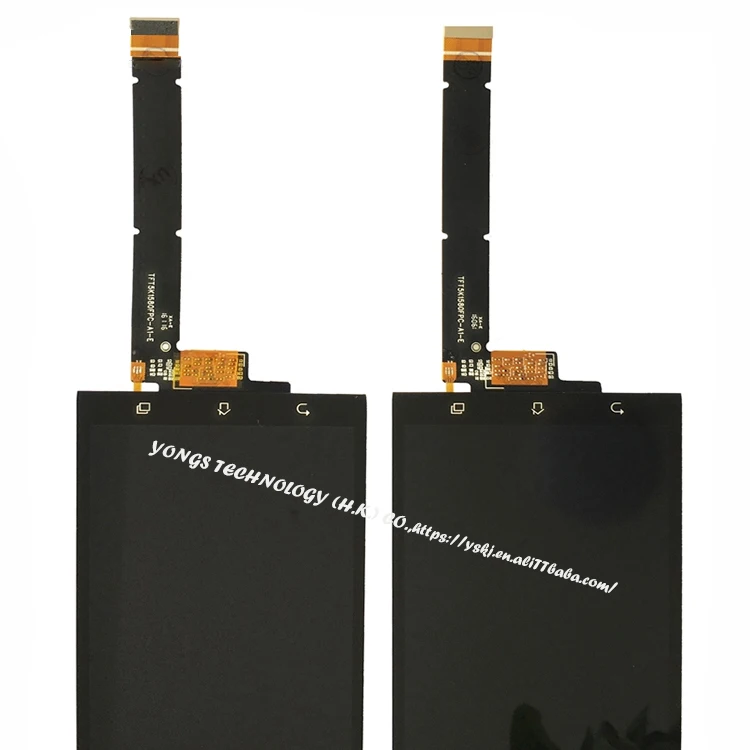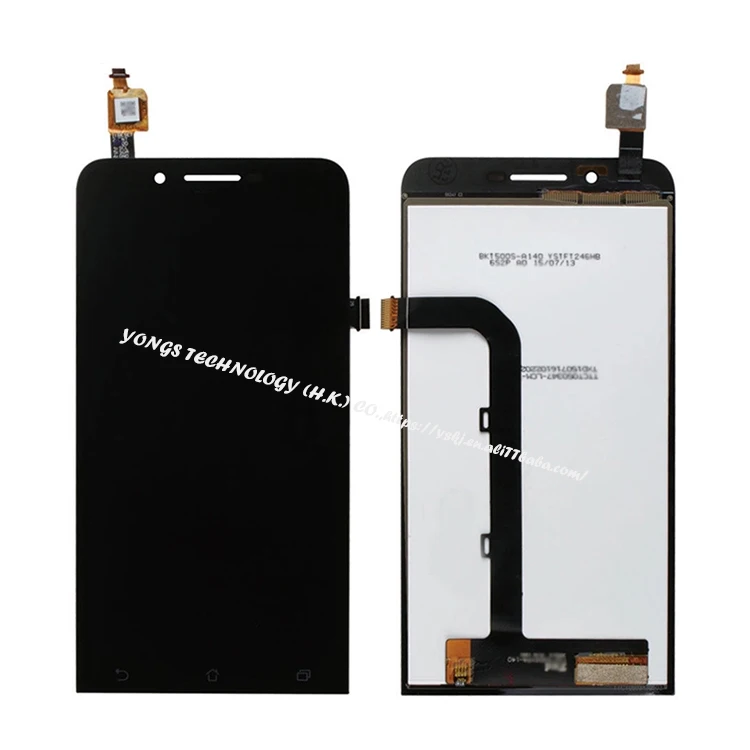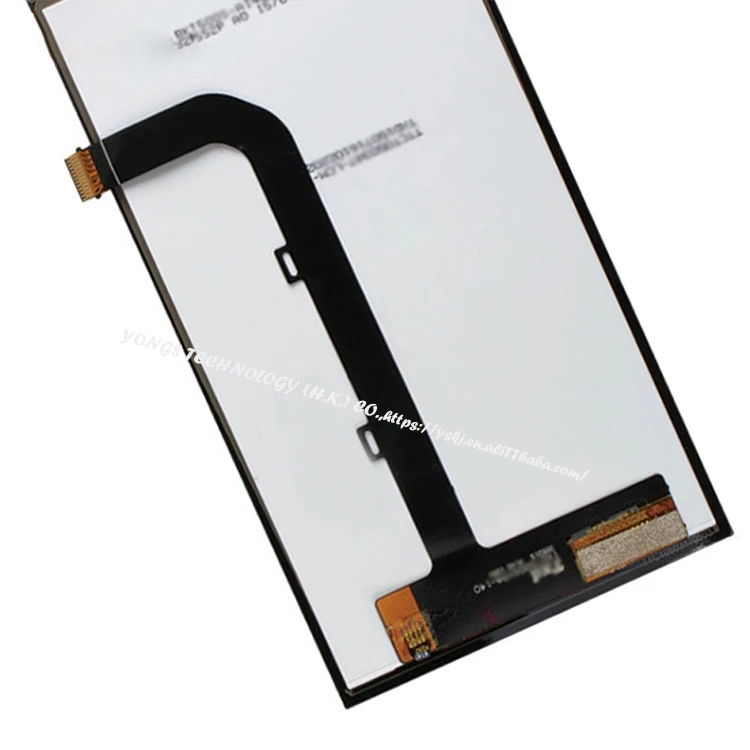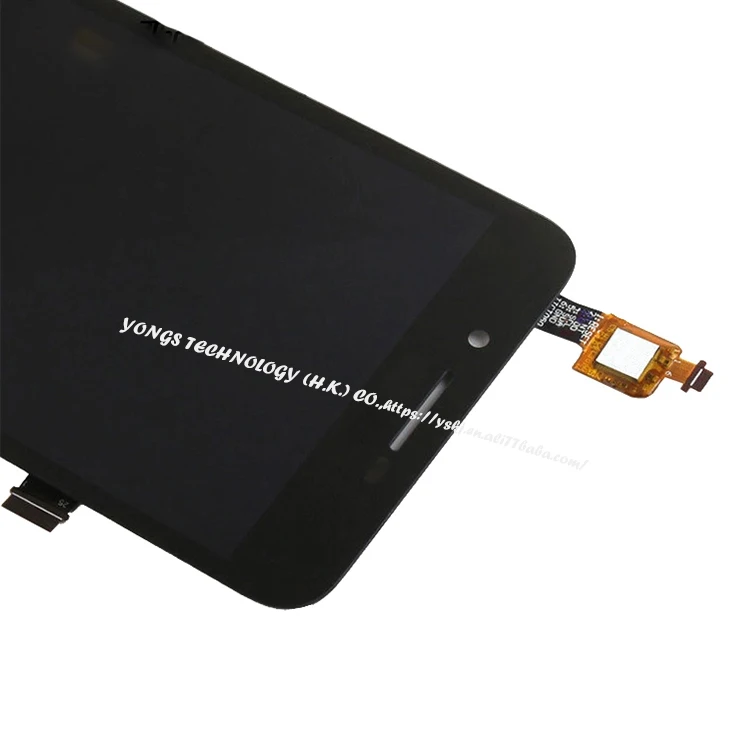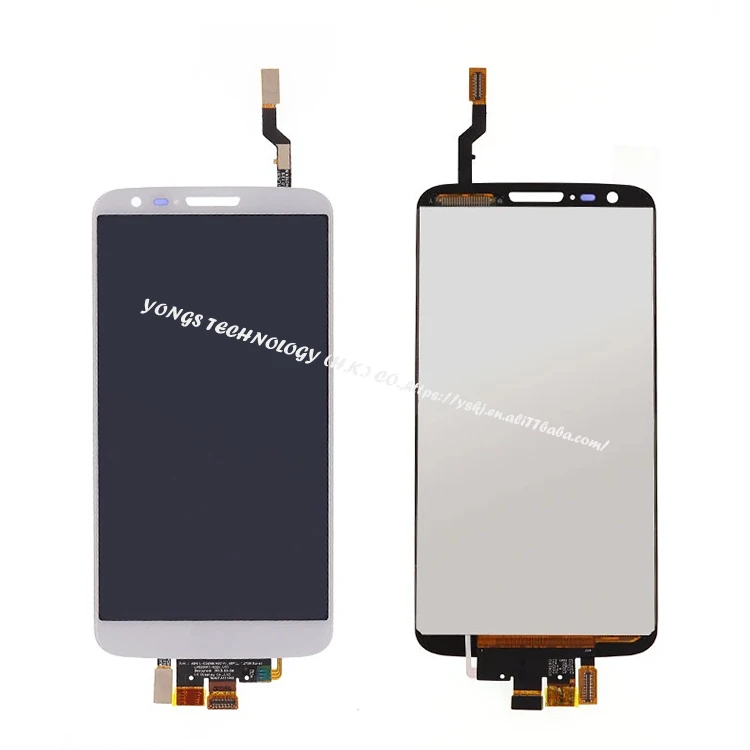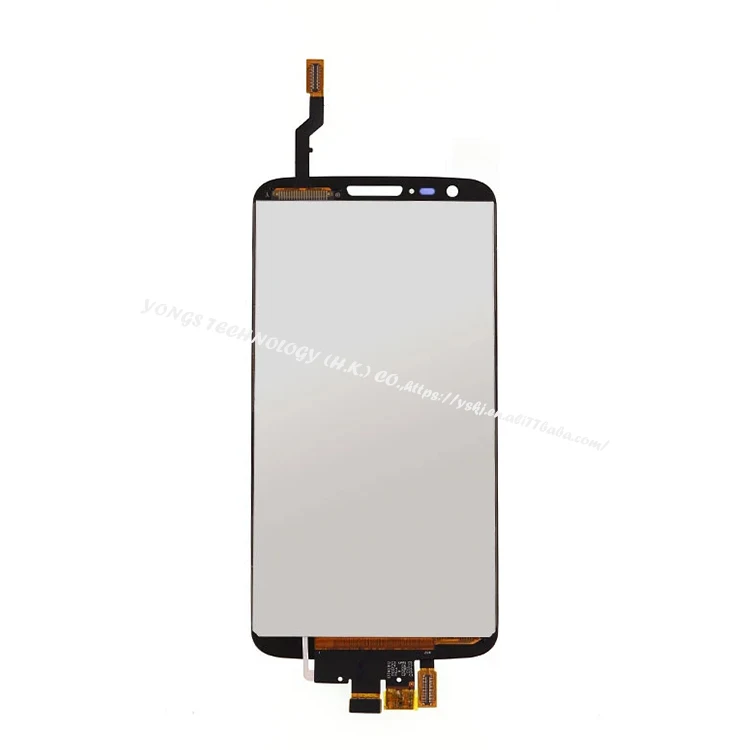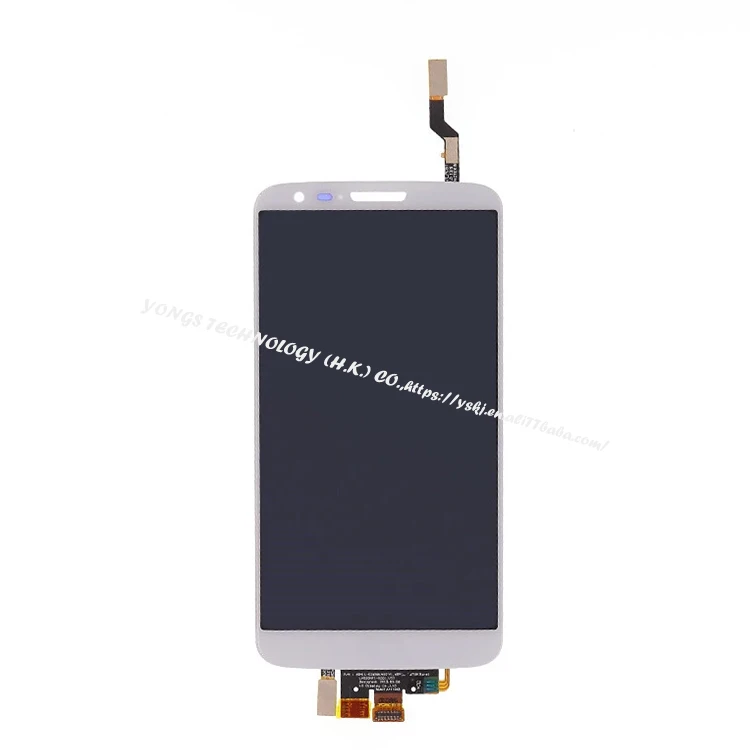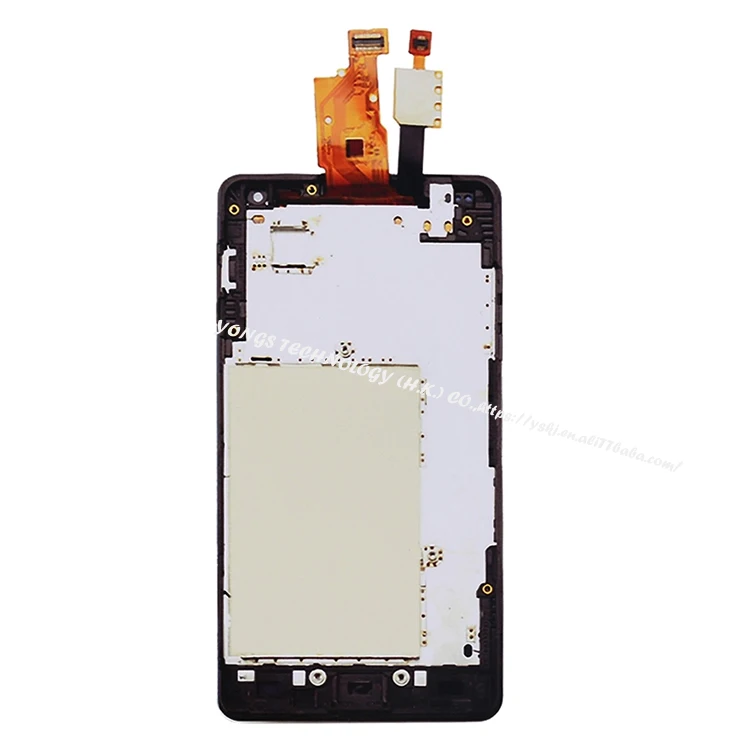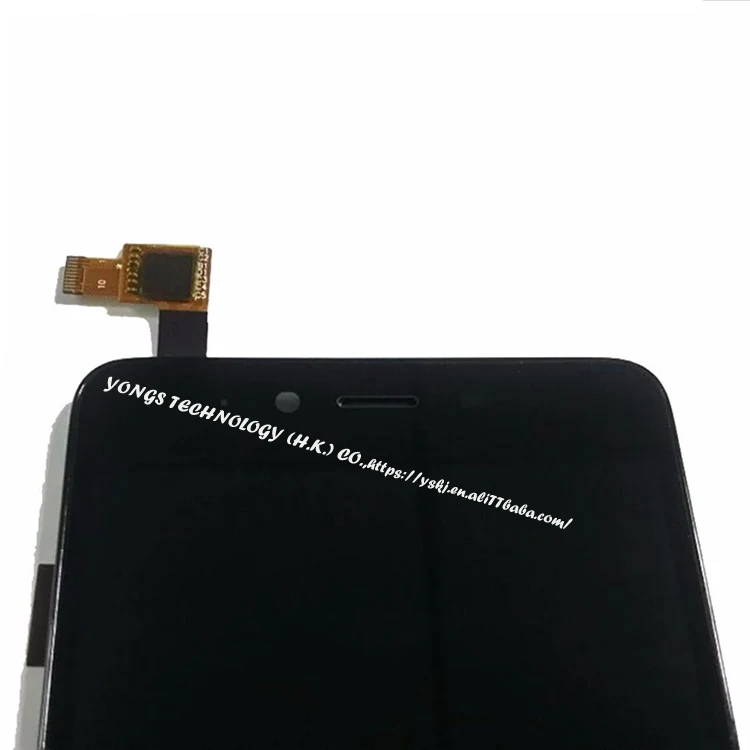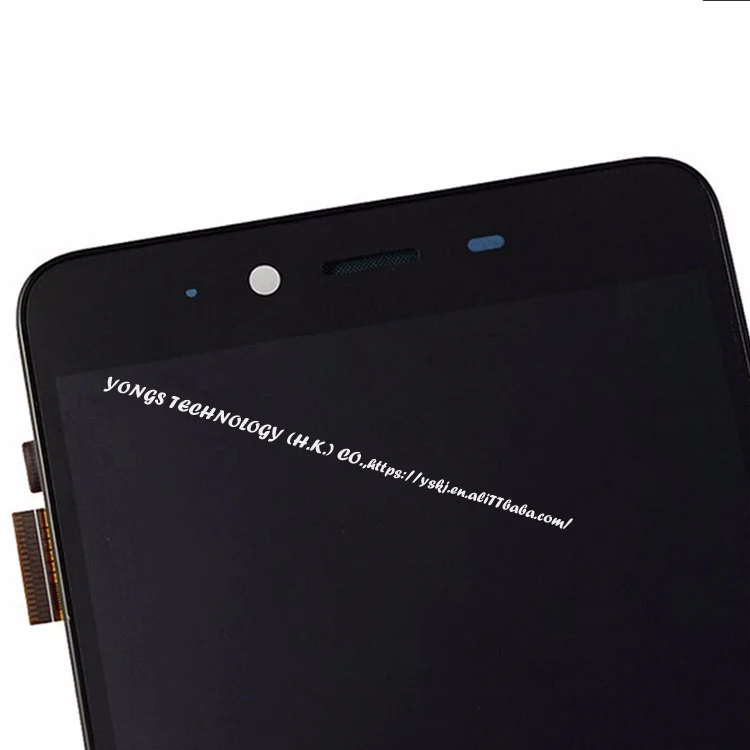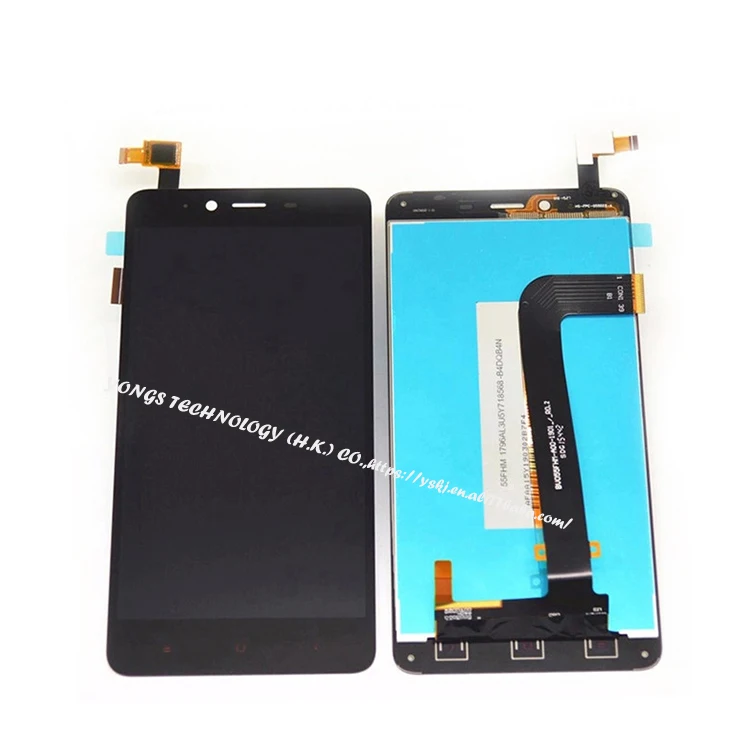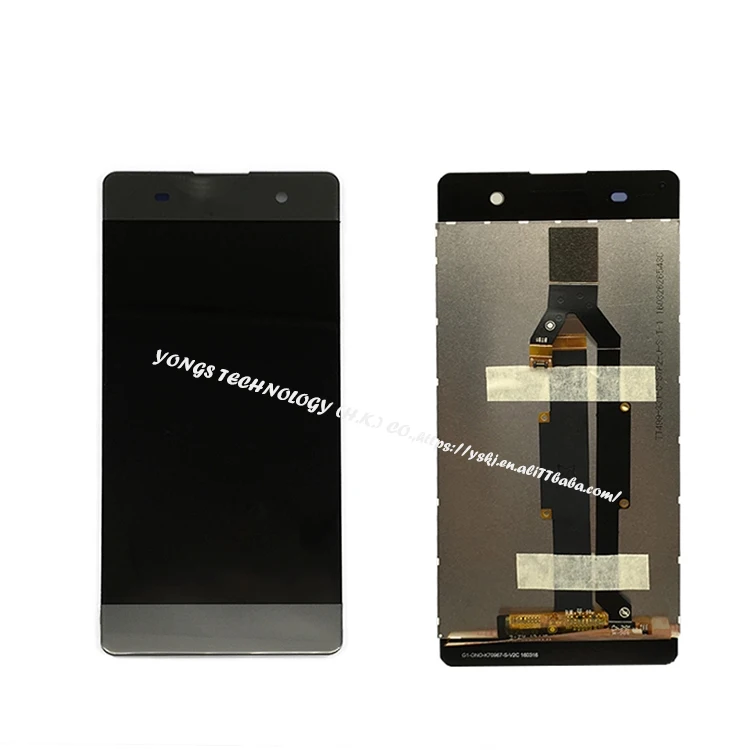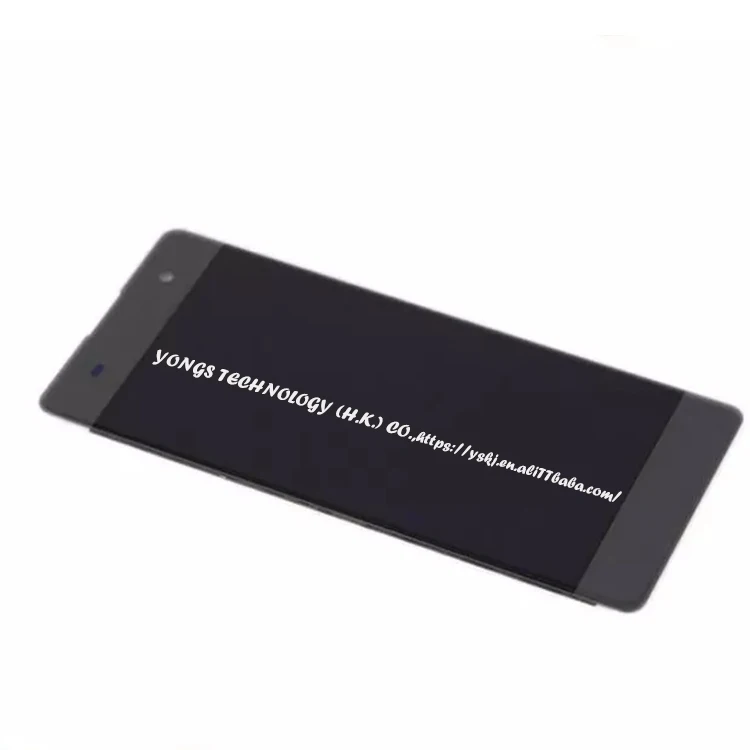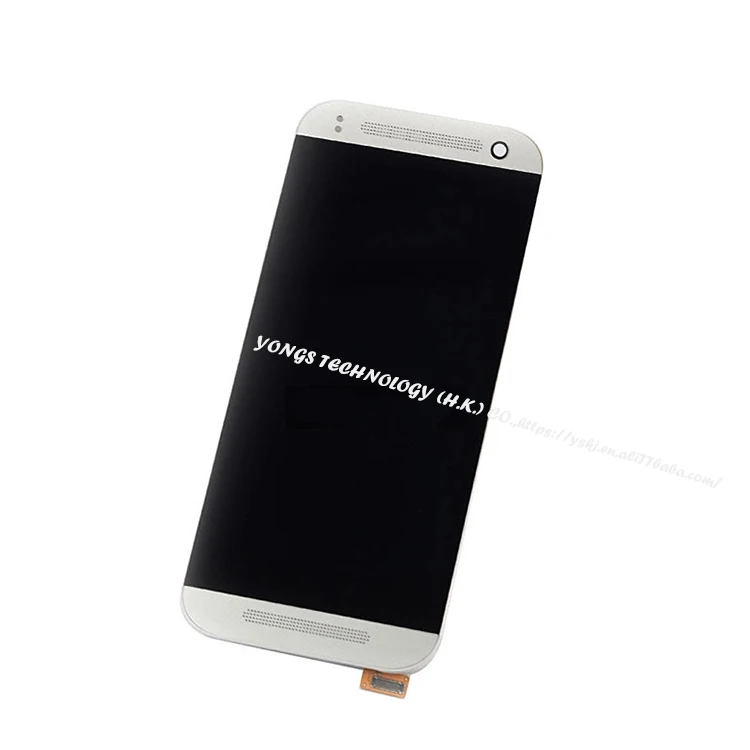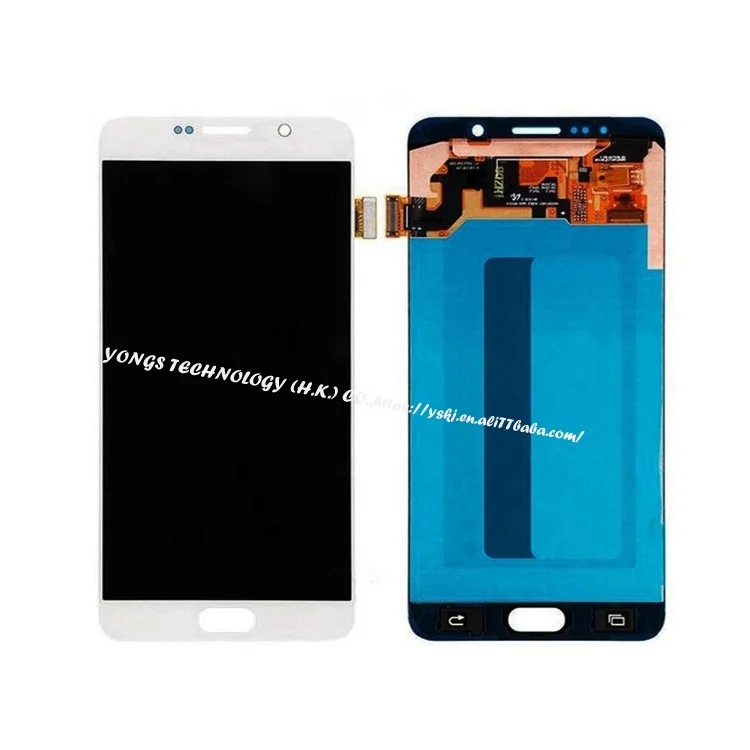Everything You Need to Know About PLA in 2025
PLA (Polylactic Acid) is a biodegradable thermoplastic derived from renewable resources like corn starch or sugarcane. As sustainability becomes a global priority, PLA is gaining traction in industries ranging from packaging to 3D printing. This guide covers everything you need to know about PLA, including sourcing tips, types, and applications.
How to Find Reliable PLA from China in 2025
China is a leading supplier of PLA, offering competitive prices and large-scale production capabilities. To find reliable suppliers:
- Check certifications like ISO 9001 and FDA compliance.
- Request samples to test quality before bulk orders.
- Verify supplier reviews and trade history on platforms like Alibaba.
- Look for manufacturers with in-house R&D to ensure product innovation.
What Buyers Should Know Before Buying PLA from China
Before purchasing PLA from China, consider:
- MOQ (Minimum Order Quantity): Ensure it aligns with your needs.
- Shipping costs: Factor in logistics for total cost calculation.
- Lead times: Plan production schedules accordingly.
- Customization: Confirm if the supplier offers tailored solutions.
Types of PLA
PLA comes in various forms to suit different applications:
- Standard PLA: Ideal for general-purpose use like packaging.
- High-Temperature PLA: Withstands higher heat for industrial applications.
- Flexible PLA: Offers elasticity for products requiring bendability.
- Reinforced PLA: Mixed with fibers for enhanced strength.
Functions and Features of PLA
PLA stands out due to its:
- Biodegradability: Breaks down under composting conditions.
- Low toxicity: Safe for food contact and medical use.
- Ease of processing: Works well with injection molding and 3D printing.
- Renewable sourcing: Reduces reliance on fossil fuels.
Scenarios of PLA
PLA is versatile and used in:
- Packaging: Food containers, bottles, and films.
- 3D Printing: Popular filament due to ease of use.
- Medical: Sutures, implants, and drug delivery systems.
- Textiles: Eco-friendly fabrics and fibers.
How to Choose PLA
Selecting the right PLA depends on:
- Application: Match the type to your industry needs.
- Certifications: Ensure compliance with regional standards.
- Supplier reputation: Opt for established manufacturers.
- Cost vs. performance: Balance budget with quality requirements.
PLA Q & A
Q: Is PLA truly biodegradable?
A: Yes, but it requires industrial composting facilities to break down efficiently.
Q: Can PLA be recycled?
A: Yes, though specialized recycling streams are needed due to its unique properties.
Q: What’s the shelf life of PLA products?
A: Typically 12-24 months if stored in cool, dry conditions.
Q: How does PLA compare to PET in cost?
A: PLA is generally 20-30% more expensive but offers environmental benefits.
Q: Is PLA safe for food packaging?
A: Yes, when it meets FDA or EU food-contact regulations.


